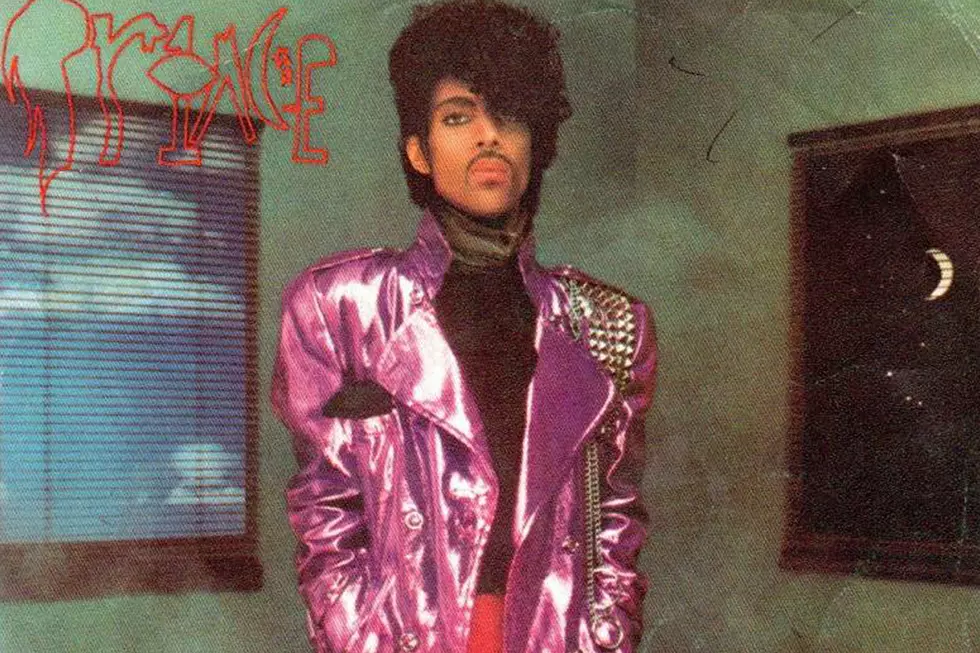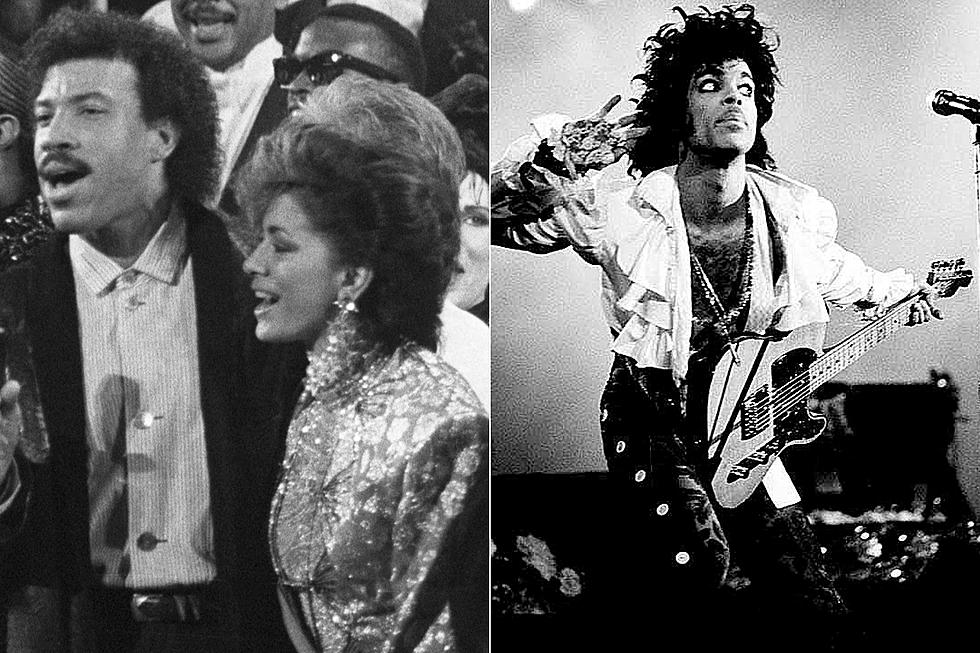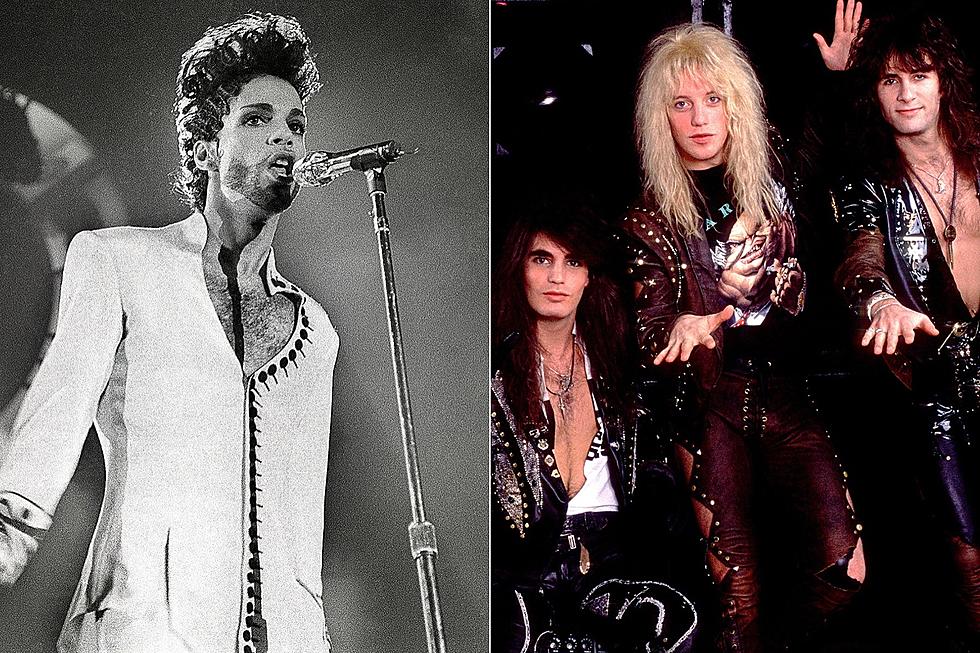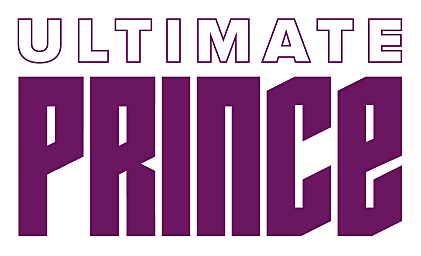
How Prince Looked Back as He Raced Forward on ‘Delirious’
"Delirious" was more than Prince's second-ever Top 10 single, and more than a hat tip to early heroes like Elvis Presley. It was another signal of his intention to take back rock for black musicians.
Every flinty rockabilly riff and thank-you-very-much-type mumble broke down another barrier in an era when strict formatting joined broadcast segregation to separate African Americans from one of their rightful cultural inheritances. Thing is, the immediate impetus for this synth-driven, completely solo update of the old Sun Records sound wasn't Presley – though, of course, he played a very early inspirational role. Instead, credit goes to another group of young revivalists.
"The rockabilly obsession was sparked by us seeing Stray Cats in London, before they came back to the States and broke," former Revolution member Dez Dickerson told Nashville Scene in 2014. "We were all blown away with them — the look, Brian Setzer's amazing sound, just the sheer authenticity of it. We started wearing pompadours immediately!"
Prince's first pass at rockabilly arrived with "Jack U Off," an album-closing collaboration with the Revolution's Lisa Coleman, Matt Fink and Bobby Z from 1981's Controversy. By the time 1999 arrived in 1982, Prince had developed far more confidence in the concept, so much so that he recorded "Delirious" all by himself.
Ironically, the song arrived as Prince began to publicly acknowledge the Revolution, whose name was included – although it was backwards – on the cover of 1999. They'd ultimately have a sound-shaping impact on his next three albums, but songs like "Delirious" were reminders that Prince would always remain a fiercely independent creative force.
"The fact is that the band was never as close to a 'democratic' unit as the [subsequent Purple Rain] film hints at," Prince confidant Alan Leeds told Pop Matters in 2009. "Everyone in the Revolution deep down knew they were 'hired hands' and, as time has demonstrated, could all be replaced with little hindrance to Prince’s box office appeal."
To some degree, this was a function of the way Prince worked: Initial tracking for "Delirious" took place on May 9, 1982 at Sunset Sound in Hollywood, according to PrinceVault – about a week after he completed "Automatic" with Lisa Coleman. We can assume that it was an impulsive moment (former manager Bob Cavallo said Prince had always "wanted to be Elvis"), and that it was very late at night.
"The reason I don’t use musicians a lot of the time had to do with the hours that I worked," Prince told Rolling Stone in 1985. "I swear to God it’s not out of boldness when I say this, but there’s not a person around who can stay awake as long as I can. Music is what keeps me awake."
The impact of another formative childhood presence – Prince's father – also played a role in forming his rugged individualism. Prince grew up going to see nightclub performances by John Nelson, a Minneapolis-based jazz musician, but they ultimately clashed. By his teen years, Prince had moved out, choosing instead to stay in his friend Andre Cymone's basement. There, his early musical explorations began to take shape – alone.
"I asked him why he was such a control freak," journalist Neal Karlen told the Star-Tribune in 2015. "He said, 'What if everyone left me and there was no one around except me? I’d gotta know how to control things on my own.' I think that all goes back to his father."
Working as a solo artist once more, Prince employed a Linn drum machine and a synth to create a feel in "Delirious" that was both retro and completely new, both commercial and slyly experimental. Already pushing the envelope elsewhere with a canny mixture of R&B and New Wave, Prince continued confounding presumptions by basing the track on the classic eight-bar blues, digging more deeply into the American folk tradition.
"To some extent, he was trying to make the music sound nice, something that would be pleasing to the ear of the average person who listens to the radio – yet send a message," Dr. Fink told Rolling Stone in 2016.
Of course, not everyone immediately bought into Prince's groundbreaking concept of music without borders. "Back during the 1999 era, a friend of mine was dating him," Paisley Park engineer Chuck Zwicky told the Star-Tribune, "and she said they’d walk down the street or be in some club and — you know how it is in the Minneapolis music scene — people would walk right up to him and tell him what they thought of him: 'Who do you think you are, doing this rock?' People just came up venting their opinions."
None of this fit into the constrictive, pre-set categories set up by radio programmers, record shops or even his old R&B fans – but that actually fueled a deeply iconoclastic artist still racing toward his commercial peak.
"The most important thing is to be true to yourself, but I also like danger,” Prince told the Los Angeles Times in 1982. "That’s what is missing from pop music today. There’s no excitement and mystery — people sneaking out and going to these forbidden concerts by Elvis Presley or Jimi Hendrix. I’m not saying I’m better than anybody else, but I don’t feel like there are a lot of people out there telling the truth in their music."
"Delirious" shamed the old gatekeepers, even as it attracted entirely new segments of listenership. It also made clear his intention to rock, no matter the expectations. "All I have to do is be true to myself," he told the Times. "I can make the records I want to make and still be OK. I feel free.”
The stage was set for Prince's rocket ride to superstardom with 1984's Purple Rain.
Prince Albums Ranked in Order of Awesomeness
More From Ultimate Prince










